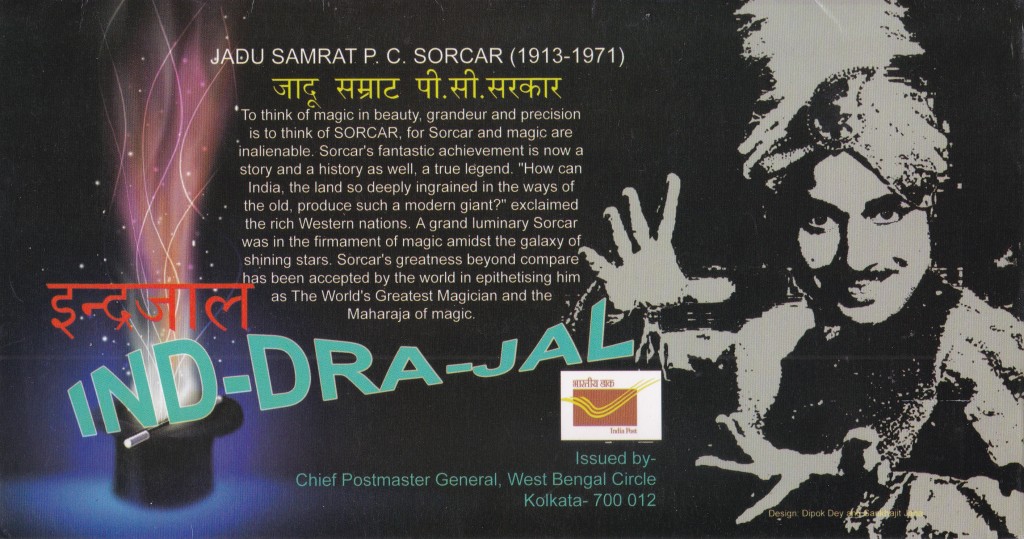Dr. Nonita Mittal pursued her medical education from Armed Forces Medical College in Pune, India. After graduation, she worked as a research scholar with the pediatric hematology-oncology team at Children’s Hospital of Pittsburgh for a year. She was involved in development of a decision aid website for patients and caregivers with Sickle Cell Disease. She went on to pursue residency in general pediatrics at SUNY Downstate Health University Center in Brooklyn, New York.
Brooklyn was one of the worst affected areas by COVID-19 pandemic. The positive test rates for COVID-19 in central Brooklyn have averaged from 63%-78% with a disproportionately higher mortality rate amongst its population as per preliminary data from NY DOH. Dr. Nonita Mittal is currently in her final year of residency and was closely involved in taking care of COVID-19 patients in this area. She got infected with COVID-19 while taking care of one of such patients early in the epidemic and recovered from it successfully. We spoke with her about her time during self-quarantine, her work, and other matters related to COVID-19 with twin intentions of expressing our gratitude to her and making our readers more aware.
Disclaimer – Please note that the medical details discussed in this interview are not intended nor implied to be a substitute for professional medical advice, it is provided for educational purposes only. You assume full responsibility for how you choose to use this information. Always seek the advice of your physician or other qualified healthcare provider before starting any new treatment or discontinuing an existing treatment. Talk with your healthcare provider about any questions you may have regarding a medical condition.
Healthcare professionals face a bigger risk of getting infected by COVID-19 because they are active on duty while many of us can work from home. We are so relieved to hear that you have recovered from COVID-19. We would like to hear from you some details of your own journey to recovery.
For the first seven days, I mainly had severe headaches and sore throat that evolved into fever and chest congestion. I took Tylenol round the clock for fever and muscle aches. For my sore throat and congestion, I drank lots of water with hot lemon ginger tea 3-4 times a day. On the 8th day, I started having difficulty breathing. I was in touch with the physician over the phone who recommended monitoring oxygen saturation using a portable pulse oximeter and albuterol inhalation every 4 hours. I was instructed to come to the emergency if my saturations dropped below 92% or my difficulty while breathing was not relieved even with the albuterol. Thankfully, I responded well, and by day 10 most of my symptoms resolved. I monitored my temperature closely throughout, and once I stopped having fevers, I returned back to work. COVID testing at the time was only approved for hospitalized patients, and hence, I was not able to get it.
You are back to work. When this disease is evoking such great fears and shock in even unaffected people, what makes you go back to work after having seen it so closely?
Being affected from COVID-19 made me realize how scary it can be to go through something you have no clue about. It actually strengthened my resolve to go back to work and help those inflicted from COVID-19 as much as I could. In addition, when I was quarantined, my colleagues were covering my shifts and putting their lives at risk, so it was only fair that as soon as I recovered, I did the same for them. I became a physician to help those in need and now when the situation demands it, I felt I had to step up to my cause.
This is a disease that is not yet properly understood by people, and perhaps statistics is the last thing a patient wants to understand. The emotions must be running high. So, what are the questions patients are asking their doctors?
Most of the patients and their families want to know about treatment options. There is a lot of curiosity regarding the effectiveness of Hydroxychloroquine and Remdesevir. There are no randomized clinical trials to prove their efficacy, however, the prelim data from certain institutes shows Remdesevir to be promising. Patients do ask regarding outcomes, but the course of COVID is so variable that it is hard to predict the outcome in any one. The only thing we can say with surety is that patients with comorbid conditions like obesity, kidney disease, or diabetes have worse outcomes.
This, of course, is bringing mental trauma to patients and family members alike. What are the steps being taken by medical authorities and governments in the US to provide adequate support to the affected. Is there anything specific you would like to mention?
The government support has been very slow and inadequate. Center and state have been giving mixed messages which makes it difficult for people to follow the quarantine guidelines. In a pandemic, it is vital to build the trust between the leader and the people, and the leader has to walk the walk too.
At the medical level, despite all the chaos, the healthcare teams have been trying to update the families with the daily progress. Many people who tested positive for COVID antibodies are donating convalescent plasma. Steps have been taken to provide telehealth and remote pastor services for those affected. Many local philanthropic organisations like World Health Kitchen have risen to the occasion to provide food for everyone working at the hospital. And there have been many anonymous donations for PPE for the healthcare worker and family members alike.
How are you protecting your family during the present crisis? What are the precautions or steps you are taking to see that the family members remain untouched by the disease? Also, how are they responding to your decision to go back to work after recovering?
Me and family make sure that we practice social distancing and frequent hand washing. We have also designated a dirty area and clean area at home. Every item from outside is first placed in the dirty area, and only brought inside after being sanitized with bleach/alcohol wipes. After returning from the hospital, I immediately take shower, wash my clothes, and sanitize any article that I carried with me. Wearing a mask is mandatory in New York now, and we abide by it.
I stay with my husband. Luckily, I don’t have anyone vulnerable staying with me like our parents or elderly, so I can get by without quarantine at home. My parents and in-laws are in India, so they were worried about me going back to work which is understandable. My husband refused to leave me alone when I got COVID, and he ended up getting it too. So, he has been very supportive of me going back to work as we both agree that it is our responsibility to help others who are dealing with it.
What are a few misconceptions you have come across about this disease through the course of your work with patients?
We are still learning about the disease ourselves. Some of the few misconceptions are that this disease only affects the old and is limited to lungs, Physicians across US agree that COVID is a systemic disease. Patients have an increased tendency to form clots. These clots can affect any organ of the body including kidney, heart, nervous system or intestines. Both young and old have died due to this disease, and it is hard to say at this point what is the exact cause of the death in these patients. We will have to wait for the results of data analysis across the institutes to get some of these answers. Also, there is no miracle drug and if you do not follow social distancing you will get sick no matter how healthy you are. Hence, it is very important that emphasis is laid on prevention rather than cure.
There are already groups on the street demanding the resumption of business as usual. How does it affect the battle against this pandemic and does it hit your morale?
These groups have a good reason to protest. The lockdown has hurt the economy terribly and some groups are affected more than the others. The economic battle is part of the battle against the pandemic and does not affect my morale. However, it does signify lack of awareness regarding the seriousness of this disease. It will be hard to find the right balance between preserving health versus economy, but it is also an opportunity for everyone to come together and support each other to handle this situation in the best possible way.
There is news of discrimination against the medical professionals in several countries. India has already introduced an ordinance to prevent such discrimination and violence against the medical staff. Are you seeing such things happening in the US?
Yes, I have witnessed such instances personally too, although not at the same scale as in India. Once in a while a cab driver may refuse to pick you up from hospital or someone in the building may accuse you of putting others at risk by bringing all the bugs from hospital. But mostly, the experience has been appreciative towards the healthcare workers, and everyone has tried to help in whatever way they can.
This pandemic has caught most of the countries unaware. Do you think we are going to be better prepared in the future, if such a thing happens again? What changes have you noticed in the medical fraternity’s own approaches and methods before and after?
Yes, definitely. The medical fraternity is more prepared to handle such crises in future. The resources and staff have been allocated to deal with any surges that may happen in the future. The hospital administrators communicate with the staff on a daily basis to educate regarding COVID management strategies, new developments, and dispel any false information. More funding is being diverted to public health initiatives and research pertaining to understanding and treating COVID-19.
What are you looking forward to most once the COVID-19 pandemic is behind us?
Of course, I am looking forward to enjoying the outdoors like I used to before. But this pandemic has also made me appreciate all the little things that I took granted for earlier. I make an effort to keep in touch with my friends and family, and I have learnt to enjoy the simple pleasures of life. So, once this pandemic is behind us, I hope all of us will not forget the precious lessons that it taught us, and bring a change in the way we see and live our lives. I thank God daily for what I have, and intend to live my life with gratitude in years to come.




















 When a 23-year United Nations’ veteran with experience at the Office of the United Nations High Commissioner for Refugees (UNHCR) and UN for Peacekeeping writes about the colonial hegemony of England, how could you refuse? After his famous
When a 23-year United Nations’ veteran with experience at the Office of the United Nations High Commissioner for Refugees (UNHCR) and UN for Peacekeeping writes about the colonial hegemony of England, how could you refuse? After his famous



 Set against the backdrop of the Red Death, a fictitious plague-like disease ravaging the populace in the kingdoms of Prince Prospero,
Set against the backdrop of the Red Death, a fictitious plague-like disease ravaging the populace in the kingdoms of Prince Prospero, 





